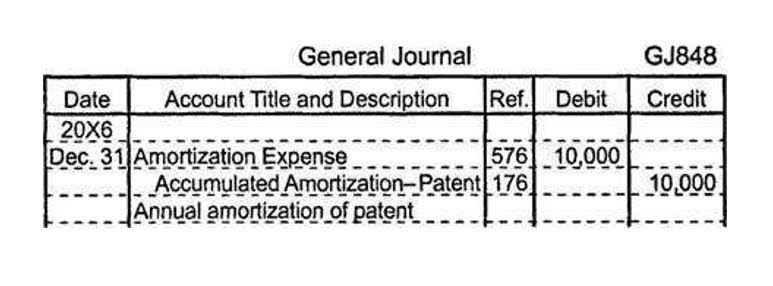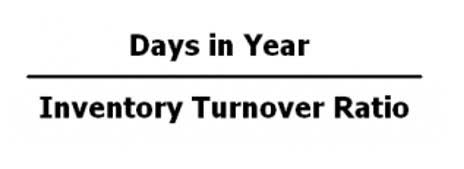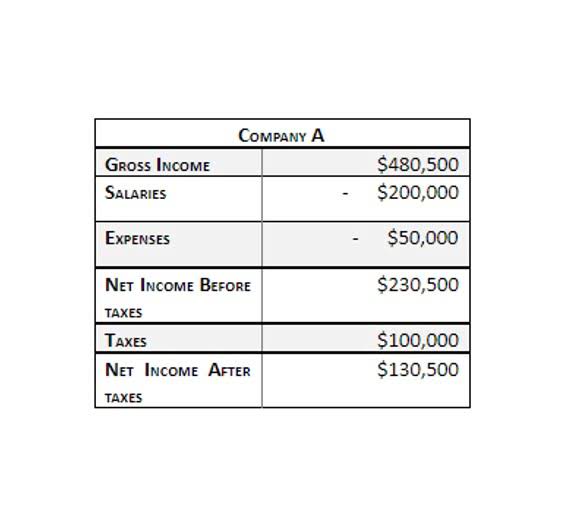Even if your small business is registered in a rustic that doesn’t have necessary B2B e-invoicing, you continue to must comply with the accepted formats and requirements legally required by the country you problem invoices to. Standard digital invoices – A normal digital invoice is often a Word doc or PDF file which could be created digitally or scanned from a paper format and became a digital bill doc. Whereas all three could be viewed digitally, only the Word and PDF files https://www.quick-bookkeeping.net/ may be processed digitally (usually by way of a hyperlink within the bill file). All Through the whole process, e-invoicing software tracks the bill standing in real time, providing full transparency to both the seller and the customer. AI and machine learning typically energy this course of, enabling the system to flag potential fraud. Efficient bill processing is critical for businesses aiming to streamline monetary operations, keep accurate financial information, and improve vendor…
E-invoicing usually refers to B2B or B2G bill exchange using structured data formats and integrations with monetary methods. E-billing is a broader time period that may embrace consumer-facing digital bills or emailed PDFs and doesn’t at all times involve automation or compliance options. In the centralized model, the tax authority performs an active role within the issuance of every e-invoice. All invoices are processed through a central platform or infrastructure established and operated by the tax authorities. This central system manages the trade of invoices between sellers and patrons, ensuring that every one transactions are monitored and controlled from a single level of oversight.
With Sage solutions, businesses can streamline invoicing and payments by way of digital invoicing options, whereas some industries could require totally structured e-invoicing for regulatory compliance. For example, Sage invoicing software has seamless through the Sage Community, enabling companies to create, transmit, and receive invoices in a structured data format by way of Paya, our trusted associate. When considering e-invoicing for your corporation, it’s important to determine whether you want structured e-invoices for automated processing or digital invoices for sooner, paperless transactions. Unlike a simple digital invoice (such as a PDF sent via email), a real e-invoice adheres to structured data formats like XML or EDI, making certain seamless data exchange between accounting methods. Our managed services mannequin means your e-invoicing processes keep compliant with country-specific standards, corresponding to Peppol, XML/UBL formats, and archiving necessities, without your staff having to lift a finger.
Improved Supplier/customer Communication
This means that if an invoice is dated, for instance, 2nd November 2023, it should be reported to the IRP by 1st December 2023. This 30-day timeframe is important for guaranteeing compliance with GST regulations and avoiding potential penalties for late submission. E-invoicing is dependent upon interoperability, enabling invoices generated in a standardised format to be read by completely different software. This simple integration enhances operational effectivity and collaboration across diverse software program platforms. In order for an e-invoice to work, a quantity of requirements (both authorized and technical) must be met. An essential think about enterprise transactions which use e-invoices is the strategy of transmission and the format used, as these should meet particular requirements.
Lastly, Business-to-Government (B2G) e-invoicing centers around electronic invoicing processes between businesses and government entities. This specialized type of e-invoicing ensures adherence to government regulations and standards, enhancing transparency and compliance in financial transactions with public establishments. E-invoices usually are not merely scanned variations of paper invoices; they go beyond mere digitization. True digital invoicing involves creating, transmitting, and processing invoices in a structured digital format. Not Like their paper counterparts, e-invoices are machine-readable, allowing for automated processing and integration with different digital methods. Businesses can still use their Enterprise Resource Planning (ERP) methods to create invoices among the new E-invoicing methods.
- E-invoicing is no longer a “nice-to-have” feature—it’s shortly changing into the usual for B2B and B2G transactions worldwide.
- “E-invoicing” refers again to the means of generating invoices electronically as mandated by the GST law.
- With suppliers producing invoices electronically, companies can enjoy quicker access to Input Tax Credit (ITC), enhancing financial easiness.
- To drive adoption, clearly communicate the advantages of the brand new system, similar to quicker funds, decreased bill errors, and higher visibility into bill status.
- These options collectively enhance procurement processes by enhancing effectivity, making certain compliance, and providing secure, integrated administration of economic transactions.
As consultants within the area of electronic invoicing, EDI service suppliers make it possible to react quickly to changes in legal requirements, to scale invoicing processes if essential, and make them future-proof. The use of electronic invoicing results in an quite a lot of benefits over conventional invoicing, though those advantages may differ slightly depending on a number of components, similar to the use of the transmission method. It must be noted that by cooperating with an external e-invoicing specialist, businesses can profit from additional benefits, relying on the specific providers provided by the specialist in query. To make this potential, there are totally automatic EDI options for the varied ERP methods that can handle this conversion process. Through standardised import and export interfaces, the EDI methods could be built-in with the respective ERP system and therefore in a position to manage all electronic invoicing routinely. ViDA goals to maneuver in the path of real-time digital reporting based on digital invoicing for companies that trade throughout EU borders.
Enhanced Safety
E-invoicing involves more than sending invoices electronically—it entails automating and structuring monetary information to make sure seamless processing, compliance, and integration with enterprise techniques. But earlier than, sending and processing invoices included labor-intensive and error-prone handbook strategies. By automating the administration of bills, businesses can velocity up this essential activity. Increased awareness of the advantages of e-invoicing, including cost savings, quicker cost processing, and reduced environmental impact, has contributed to a constructive notion of digital invoicing options. Collaborative efforts between suppliers and consumers to streamline invoicing processes have played a task within the elevated adoption of e-invoicing. Companies acknowledge the mutual benefits of quicker payment cycles and decreased administrative overhead.
If you’re starting out or should overhaul your present setup, understanding the ins and outs of e-invoicing will put you in place to make the best selections and achieve long-term enterprise benefit. After the invoice is validated and matched, it strikes via an automatic approval workflow. You can usually configure the system to route the invoice to a designated group member for evaluation and authorization.
In conventional invoicing, the reliance on paper paperwork usually leads to time-consuming handbook processes, making the complete system vulnerable to errors and delays. Digital invoicing (e-invoicing) is the automated digital change of bill why we generate e invoice knowledge between a provider and a purchaser, typically by way of an middleman platform. Not Like PDF or scanned invoices despatched through email, true e-invoices are structured information information (e.g., XML, UBL) which are generated, transmitted, obtained, and processed without human intervention. In today’s digital-first financial system, conventional paper-based invoicing is shortly turning into out of date. Digital invoicing or e-invoicing has emerged as a better, faster, and extra compliant methodology of billing between companies, governments, and suppliers. The digital bill, generally generally known as an e-invoice, is gaining increasing importance internationally for its position in enterprise transactions.
Analyzing the collective knowledge from invoices can reveal emerging developments, pinpointing areas of bottlenecks and inefficiencies within the firm. This real-time data empowers administration groups to make well-informed business choices by understanding the present operational standing and projecting future trajectories. Conduct common cybersecurity coaching for workers concerned within the e-invoicing process to reinforce awareness and cut back the risk of human error leading to safety breaches.



















